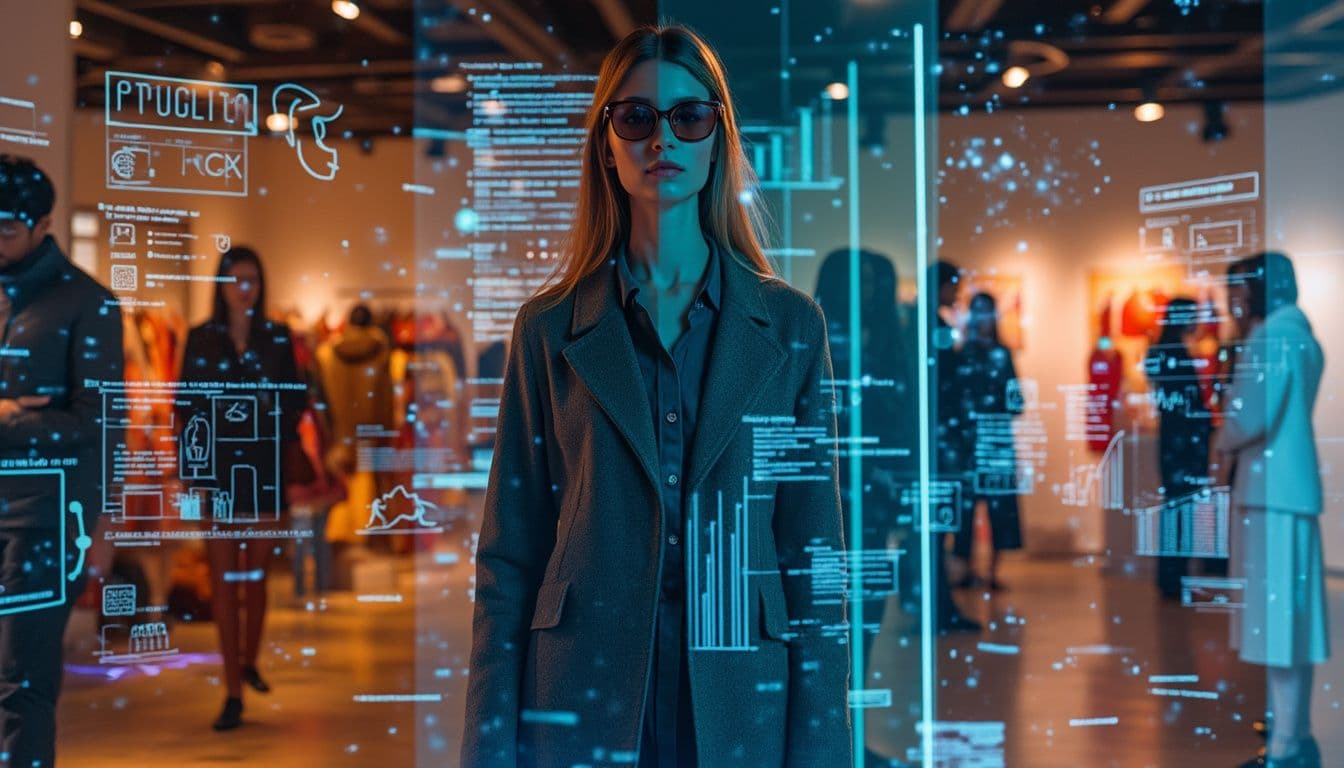Introduction
Digital transformation across various sectors has left a significant mark, with the fashion industry being no exception. Through AI-driven solutions like Provamoda, retailers can now simulate the nuances of a professional photoshoot without the need for traditional resources like models and physical locations. This innovation not only transforms the creation of fashion imagery but also impacts how consumers interact with brands in e-commerce settings. This article explores the profound implications of AI-driven fashion photography and how platforms like Provamoda shape consumer behavior in online retail.
The Role of Visual Content in E-commerce
In the era of online shopping, the importance of visual content cannot be overstated. According to various studies, products with high-quality images tend to perform better in terms of consumer engagement and conversion rates. The reason is simple: customers rely heavily on visual information when making purchasing decisions. Detailed, aesthetic, and relatable photos significantly affect consumer trust and their willingness to buy.
How AI Is Revolutionizing Fashion Photography
Artificial Intelligence (AI) brings a revolutionary approach to fashion photography, significantly impacting how brands generate their visual content. Here are several ways AI is reshaping the landscape:
-
Cost Efficiency: AI-driven solutions like Provamoda enable brands to cut down on costs associated with traditional photoshoots, which include hiring photographers, models, renting studio spaces, and handling equipment. This financial efficiency is particularly beneficial for small businesses and startups, allowing for professional-level imagery at a fraction of the cost.
-
Tailored Customization: With AI, brands can effortlessly customize images to align with specific audience demographics or brand aesthetics. This includes selecting diverse model types, backgrounds, and lighting options, enabling brands to cater to a wider audience and personalize their imagery.
-
Speed and Flexibility: AI allows for rapid content generation, meaning brands can adapt quickly to fashion trends and market demands without the delay associated with traditional photoshoot logistics. This agility can significantly affect consumer perceptions and engagement, as brands can present fresh and relevant content frequently.
Understanding Consumer Behavior in Response to AI-Driven Photography
AI-driven fashion photography impacts consumer behavior by addressing two primary aspects: cognitive associations and emotional responses.
Cognitive Associations
Humans process visual information at remarkable speeds, and first impressions matter. AI-enhanced imagery aids consumers in associating products with desired qualities such as luxury, affordability, or modernity—depending on how the images are crafted.
- Attention to Detail: Product details captured in high resolution allow consumers to examine products closely, facilitating informed purchasing decisions.
- Consistency: Consistently high-quality images across a product range build brand trust, encouraging repeat purchases.
Emotional Responses
Beyond the cognitive aspects, emotional responses are a significant driver in consumer decision-making.
- Relatability: Customization options in AI-driven photography enable brands to showcase diversity in their images, allowing consumers from various backgrounds to see themselves represented, fostering connection and loyalty.
- Aspiration: Aesthetic and lifestyle-oriented photos can create an aspirational pull, where consumers envision themselves boosting their status by acquiring the product.
Provamoda’s Influence on Buying Decisions
Provamoda's virtual photoshoot platform exemplifies how AI-driven photography can directly influence consumer behavior in online retail.
- Enhanced Engagement: With AI capabilities, brands can experiment with creative, boundary-pushing imagery that isn’t possible in traditional shoots, prompting curiosity and extended engagement on product pages.
- Consumer Confidence: The platform provides imagery that aesthetically matches consumer expectations, which helps bridge the tactile gap often cited by online shoppers, ultimately leading to increased conversion rates.
- Accessibility: Affordable access to professional-grade imagery democratizes the visual marketing field, allowing smaller brands to compete with industry giants on a leveled playing field.
Conclusion
The integration of AI into fashion photography, as demonstrated by solutions like Provamoda, is more than just about innovation for efficiency's sake—it’s a transformative force in shaping consumer perceptions and driving purchasing decisions. As the digital landscape continues to evolve, understanding and leveraging AI’s potential in photography will be crucial for brands seeking to engage effectively with their audience.
By prioritizing high-quality, relatable, and aspirational imagery, brands can not only enhance their online presence but also foster deeper consumer relationships, paving the way for continued success in the competitive world of online retail.
Final Thoughts
As AI technology continues to advance, its role in fashion photography and consumer interaction will only become more pronounced. For brands eyeing longevity and success in the digital market, embracing platforms like Provamoda could be a pivotal step forward.
